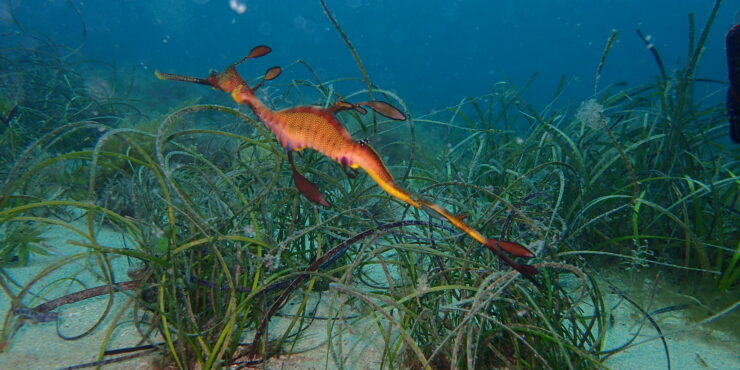Conservation and biodiversity

Conservation efforts depend on biological monitoring to obtain data on species distribution and population sizes. Species monitoring has traditionally relied on visual surveys and physical collection of the species from the ecosystem under study. Subsequent identification of organisms using distinct morphological characters is heavily dependent on taxonomic expertise, which is in rapid decline worldwide. Additionally, sampling and collection of specimens can often be destructive to the flora and fauna present.
eDNA monitoring offers a new approach for assessing biodiversity. Environmental samples can be collected and tested without the need to morphologically identify individual organisms or disturb the environment. The data produced can provide a profile of all taxonomic groups or particular taxa of interest living in the environment being surveyed. eDNA monitoring can also aid in detecting cryptic, low abundance and endangered species often not recorded with traditional monitoring surveys.
eDNA surveys over time can be useful in tracking temporal changes within a particular area, differences in biodiversity between multiple areas, range shifts of particular species, and many other applications.